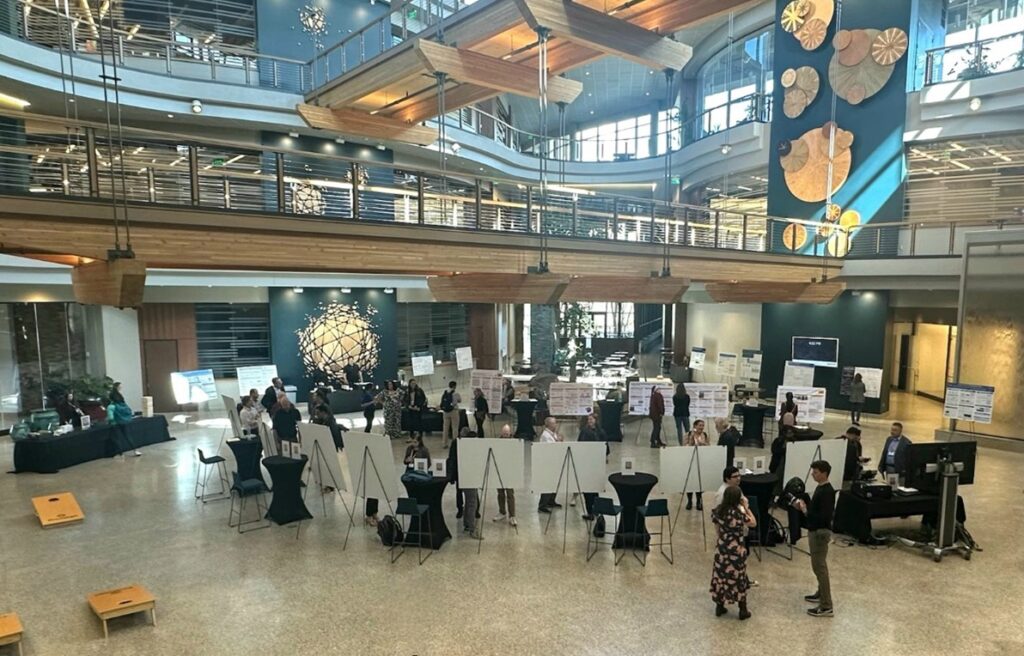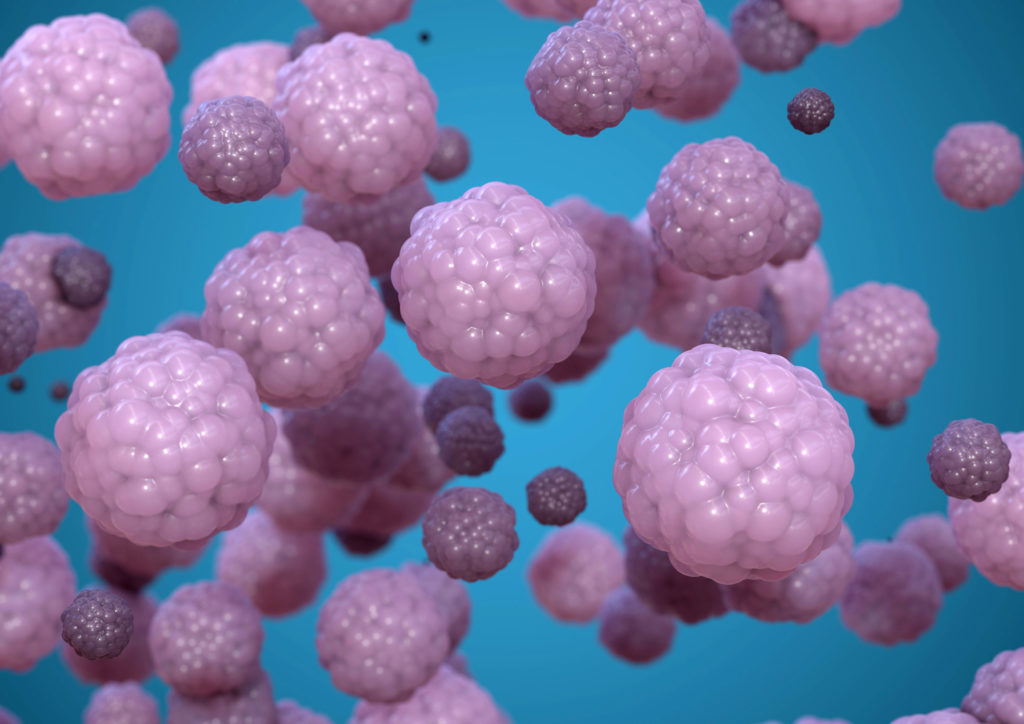In April 2024, Promega hosted the “Target Engagement in Chemical Biology Symposium” at the Kornberg Center, a research and development hub on Promega’s campus in Madison, Wisconsin. The goal of the symposium was to gather interdisciplinary researchers interested in the field of small molecule target engagement to foster collaboration through knowledge sharing and innovation. The symposium featured a 1.5-day agenda packed with 23 speakers, 4 workshops, poster sessions and social events. Over 130 attendees gathered to participate in the multifaceted event, with participants from different geographic regions and in different research sectors from academia to government to industry.

The symposium highlighted the collective commitment to overcoming the challenges in drug discovery by developing more targeted and efficacious treatments, driven by a shared determination to create innovative solutions that address unmet medical needs. While we cannot share all the exciting research presented at the symposium, we are thrilled to highlight a few talks that exemplify the novel work and collaborative spirit of this research community.
Continue reading “From Tracers to Kinetic Selectivity: Highlights from the Target Engagement in Chemical Biology Symposium”






